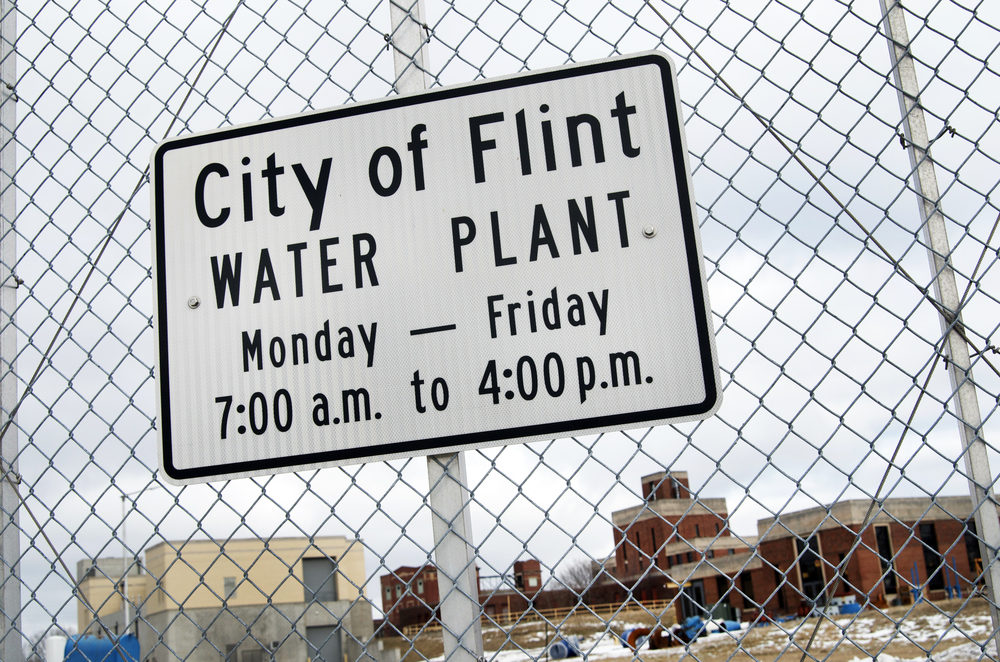EPA May Call For Replacement of All Lead Water Pipes To Avoid Lead Poisoning

Federal regulators are considering a policy that would recommend the replacement of lead water lines nationwide, due to the risk of severe and life-long disability that may be caused by lead poisoning from various water supply systems throughout the United States.
In a white paper released this month, the Environmental Protection Agency (EPA) indicates that it is considering updating the Lead and Copper Rule, which governs the use of lead and copper in drinking water. One of the issues under consideration is a rule that would require municipal drinking water systems to come up with a plan to replace lead water lines.
The issue of lead in drinking water has taken on new urgency following the Flint water crisis, which began in April 2014, when government officials decided to switch the town from the Detroit Water System to water from the Flint River in an attempt to save money. Residents immediately began complaining about cloudy and foul-smelling water, and many reported that developing skin lesions and rashes after exposure to the water. Subsequent investigations confirmed that residents have been exposed to high levels of lead in their drinking water, and a number of children now have dangerously high blood levels, with the rate of childhood lead poisoning in Flint doubling since the water source was switched.

Learn More About
Children diagnosed with lead poisoning after exposure to peeling or chipping lead paint in a rental home may be entitled to financial compensation and benefits.
Learn More About this Lawsuit SEE IF YOU QUALIFY FOR COMPENSATIONAn effort is underway to replace those lead water pipes in Flint, but they have reportedly been moving slowly. However, the problems there may highlight problems with changing lead service lines nationwide.
One problem is that a portion of the service lines are on public land and a portion is on the property owner’s land, meaning that the municipality is responsible for replacing part of the line and the home owner the rest. Additionally, the EPA estimates that replacing the line to each home or business could cost between $2,500 and $8,000. It would be the responsibility of each water system to come up with a plan that satisfies the EPA rule.
The EPA notes that while the total number of lead service lines running into U.S. homes is unknown, estimates range from 6.5 million to more than 10 million, meaning that replacing the lines would cost the nation between $16 billion and $80 billion.
“There are important legal questions about EPA’s authority to mandate replacement of privately owned portions of lines and about water systems’ authority under state or local law to require and/or pay for such replacement,” the EPA paper notes. “To the extent water systems rely on homeowners to pay for replacement of privately owned portions of lines, there are concerns about consumer’s ability to pay and the possibility that lower-income homeowners will be unable to replace lines, resulting in disparate levels of protection.”
The EPA began to look at the possible rule following recommendations from the National Drinking Water Advisory Council’s recommendations, based off a Science Advisory Board report in 2011.
Lead poisoning for children is already known to increase the risk of nervous system injury, brain damage, seizures or convulsions, growth or mental retardation, coma and even death.
Despite concerns caused by the Flint water crisis, one of the more common causes of of lead poisoning is lead-based paint, which was banned in the United States in 1978 due to the risk of severe and permanent brain damage and developmental problems, particularly in children. However, a number of older homes still contain the toxic paint on the walls, and if it flakes or peals off, young children could ingest the paint chips or breathe dust that comes from the paint, resulting in lead poisoning.
The U.S. Centers for Disease Control and Prevention (CDC) estimate that 535,000 children ages 1-5, or about 2.6% of such children in the U.S., have levels of lead in their blood that place them at risk for adverse health effects. To come up with that number, the CDC analyzed data from the National Health and Nutrition Examination Survey from the years 1999 to 2002, and 2007 through 2010.
The majority of those children are poor and live in older urban areas, mainly in the inner city. Most are minorities, meaning such exposures add to numerous problems already plaguing inner city black and Latino youths, such as poverty, high crime and poor schools.
Get more articles like this sent directly to your inbox.
"*" indicates required fields






0 Comments